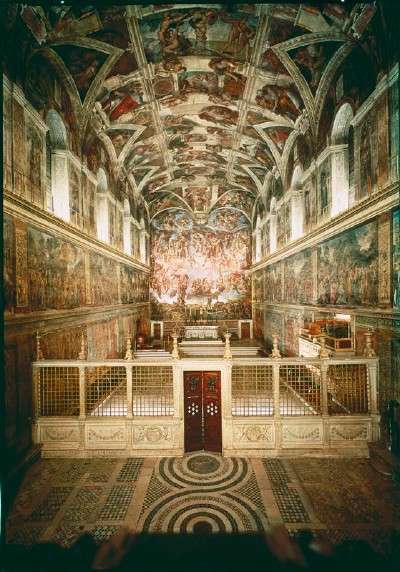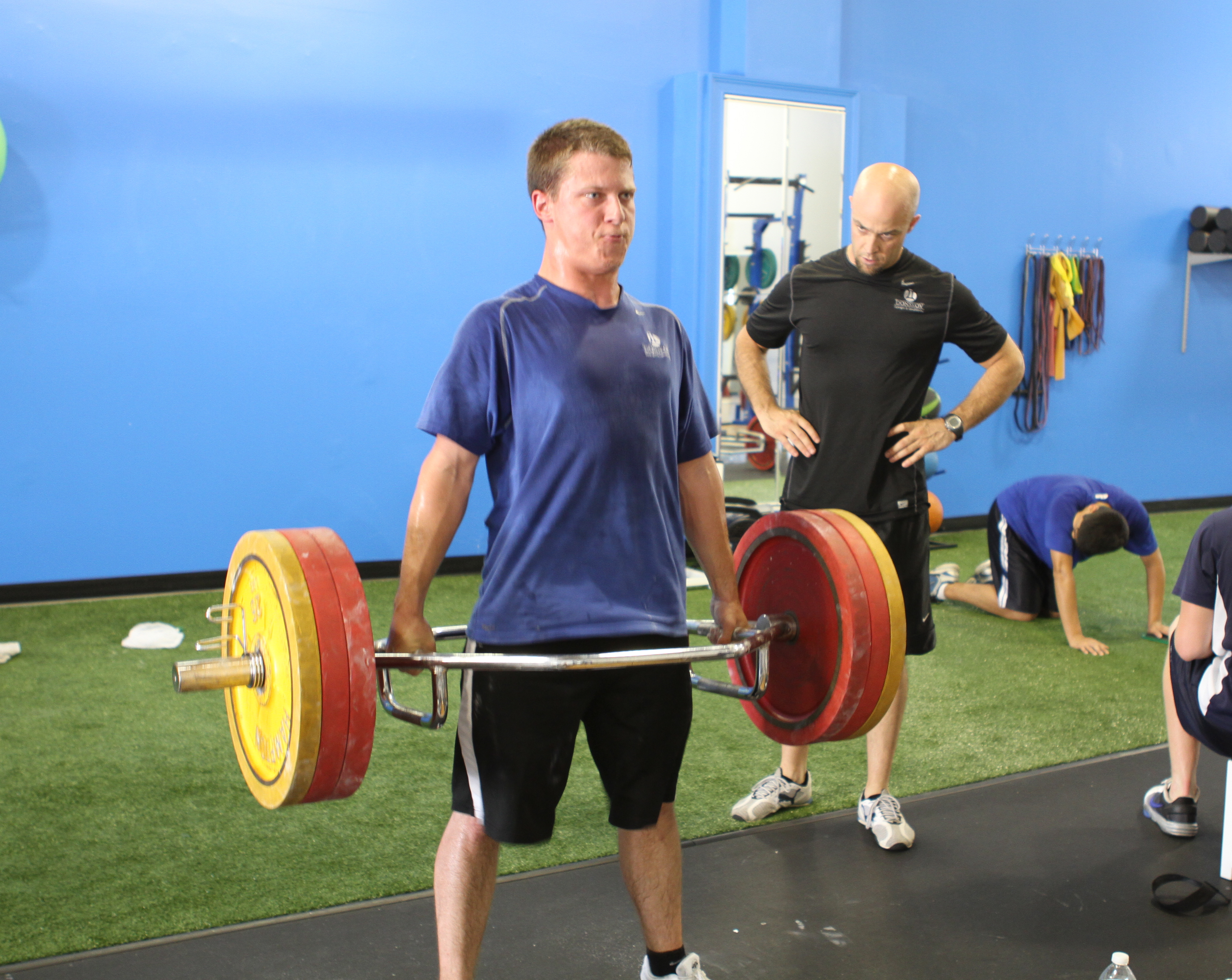Anthony Donskov
Anthony Donskov is the founder of DSC where he serves as the Director of Sport Performance. Donskov holds a Masters Degree in Exercise Science & is the author of Physical Preparation for Ice Hockey.
Michelangelo, Test Tubes and Strength Training
- Font size: Larger Smaller
- Hits: 3521
- Subscribe to this entry
- Bookmark
The field of strength and conditioning is a delicate mix of art and science. Both play an important role in professional development. In this day and age information is at a premium. Science plays an important role in evidence-based practice. However, the art of strength and conditioning is just as important. As John Wooden once said: “The person who can answer the question “how” will always have a job. The person that can answer the question “why” will be his/her boss.” In my opinion, one without the other is like peanut butter without the jelly. We can learn the “how” from science, textbooks, Dr.’s, PT’s and Coaches, however, to learn “why” takes years of experience. This is the art of strength and conditioning.
Science: The intellectual and practical activity encompassing the systemic study of the structure and behavior of the physical and natural world through observation and experiment. (Dictionary)
Art: The expression or application of human creative skill and imagination. (Dictionary)
Below are four examples of why strength and conditioning is just as much of an art as it is based in science.



Art Science Strength Training
Functional Anatomy
- Science: Do you know your anatomy? It’s interesting that many times what we learn in school has little application inside the confines of our gym. We don’t function in isolation (muscle actions are taught this way in many schools).
- Art: Functional training is nothing more than the application of functional anatomy to training. Having a sound knowledge base of how the body functions allows coaches to build effective programming around solid movement patterns. Do your programs include horizontal pressing, horizontal pulling, vertical pressing, knee dominant and hip dominant movements? This may sound elementary, but program design in an art!
Injury:
- Science: Through MRI, EMG and other techniques we can learn about tissue trauma and muscle activation. Take for example a SLAP tear. Science helps us understand the injury.
- Type I: Fraying of the labrum, firm attachment of labrum and biceps anchor.
- Type II: Detachment of labrum and biceps anchor from superior glenoid; complex lifts away from glenoid neck.
- Type III: Bucket handle tear of superior labrum, remaining portions of labrum and biceps anchor attached.
- Type IV: Bucket handle tear of superior labrum extending into biceps tendon; labral and biceps flap displaced into GH joint.
- Art: Once this athlete is cleared to participate in training, how does this affect programming? What movements should be avoided, what exercises need to be added to promote recovery? In this particular case, building a strong posterior dominant shoulder, adding direct cuff work and adhering to contraindications from the doctor or PT is important. In addition what exercises to you delete? This is an art!
Regression:
- Science: The closest we have to science is the joint-by-joint approach by Gray Cook and Michael Boyle and the FMS. These approaches have revolutionized how we view corrective exercise and how we measure risk.
- Art: Do your programs have progressions/regressions? Do you focus on ankle, hip, and T-spine mobility? Do you eliminate gravity to enhance movement comprehension? Do you eliminate joints to build solid movement patterns? Regression/Progression is an art!
Simplicity:
- Science: Sorry! There is no exercise physiology book that I’m aware of that teaches simplicity!
- Art: Simplicity is an art! The best Coaches in the world keep it simple. Michelangelo once said: “Simplicity is the ultimate sophistication.”
Strength and Conditioning needs to be backed by current concepts in science, but many times we forget that a good coach is also an artist. Creating a canvas built on sound fundamentals, and practical application. We can learn many things from books, classrooms, webinars, forums and research articles. However, to become a great Coach, we need to answer not only “how”, but also “why”. This is the make of an artist at work!
Anthony Donskov, MS, CSCS, PES, is a former collegiate and professional hockey player, founder of Donskov Strength and Conditioning Inc., (www.donskovsc.com) and Head Instructor/Director of Off-Ice Strength and Conditioning for Donskov Hockey Development (www.donskovhockey.com). He can be reached atinfo@donskovsc.com.
Facebook: http://www.facebook.com/pages/Donskov-Strength-and-Conditioning-Inc/111694352189187
Twitter: http://twitter.com/Donskovsc
